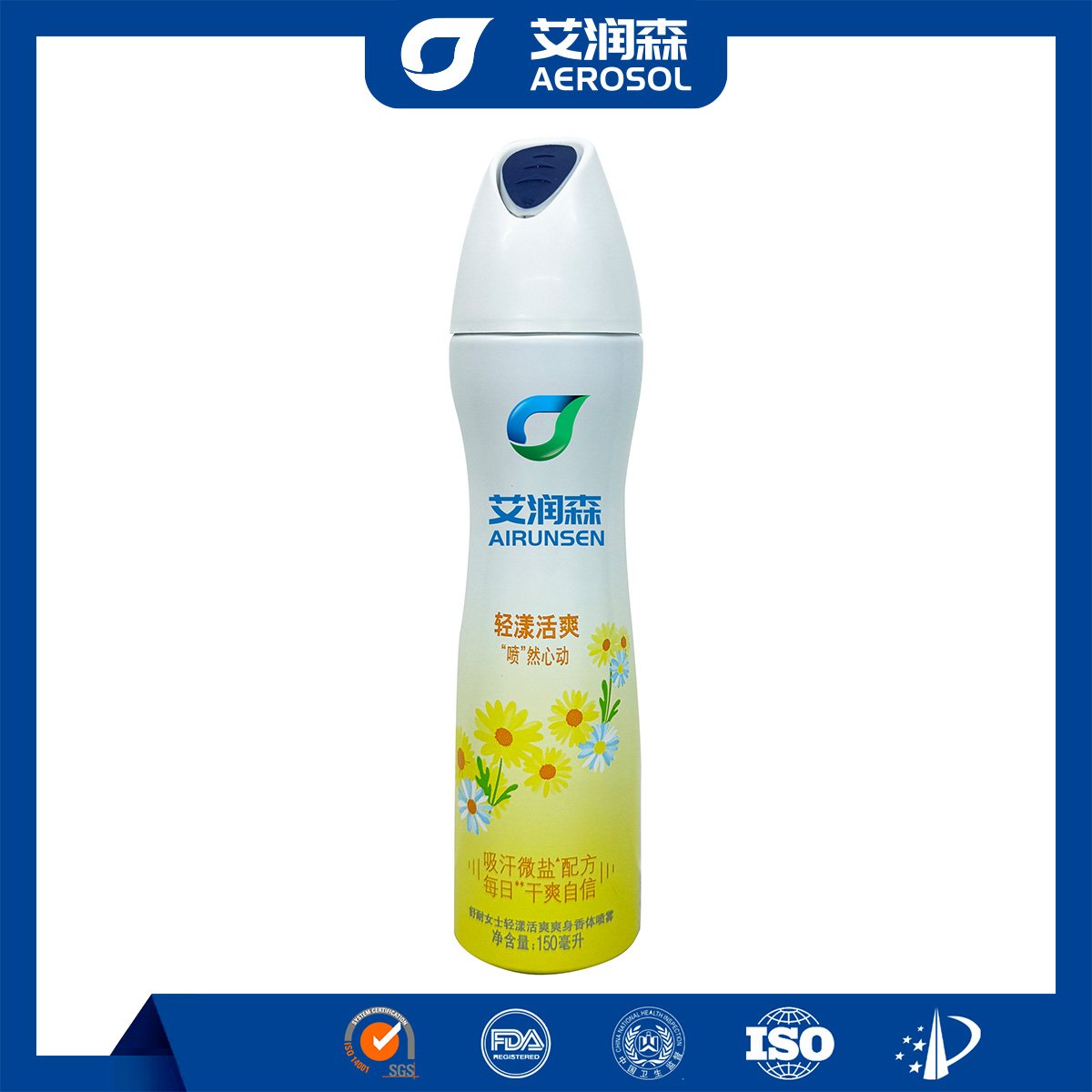Components
- Silicone Compounds: Rubber protectants commonly contain silicone-based substances like polydimethylsiloxane. These silicone compounds form a flexible and water-repellent film on the rubber surface. They help to prevent water absorption, which is crucial as water can cause rubber to swell, lose its elasticity, and eventually degrade. The silicone film also provides a barrier against dirt and other contaminants, keeping the rubber clean and reducing the likelihood of abrasion caused by dirt particles.
- Antioxidants: Ingredients such as phenolic antioxidants are added to inhibit the oxidation process. Oxidation is one of the main factors that lead to the deterioration of rubber over time. By neutralizing free radicals that are generated during oxidation, antioxidants slow down the aging of the rubber, maintaining its strength and flexibility. For example, butylated hydroxytoluene (BHT) is a commonly used antioxidant in rubber protectants.
- UV Absorbers: To protect rubber from the harmful effects of ultraviolet (UV) radiation, which can cause fading, cracking, and brittleness, UV absorbers like benzotriazole derivatives are incorporated. These substances absorb the UV light and convert it into harmless heat energy, preventing the UV rays from breaking down the chemical bonds within the rubber molecules. This is especially important for rubber components that are exposed to sunlight, such as car tires, window seals, and outdoor rubber mats.
- Lubricants: Some rubber protectants also include lubricating agents, such as esters or mineral oils. These lubricants enhance the flexibility of the rubber by reducing internal friction. They are particularly beneficial for rubber parts that undergo frequent movement or deformation, like rubber belts and hoses. The lubricants also help to prevent the rubber from sticking to other surfaces, reducing wear and tear.
Efficacy
- Preventing Drying and Cracking: The protective layer formed by the silicone compounds and antioxidants helps to retain the moisture content within the rubber, preventing it from drying out and cracking. This is vital for maintaining the integrity of rubber products, especially those used in harsh environmental conditions. For instance, rubber seals in automotive engines are protected from drying and cracking, ensuring a proper seal and preventing leaks.
- Maintaining Elasticity: The combination of antioxidants and lubricants works to preserve the rubber’s elasticity. This allows the rubber to return to its original shape after being stretched or compressed, which is essential for its proper function. In applications such as rubber shock absorbers, maintaining elasticity ensures effective damping and a longer service life.
- Enhancing Appearance: The UV absorbers prevent the rubber from fading and discoloring due to sun exposure. This is not only aesthetically pleasing but also important for products where appearance matters, such as rubber trim on vehicles or outdoor furniture. The rubber retains its original color and shine, giving it a newer and more attractive look for a longer period.
- Resisting Chemical and Environmental Damage: The protective film created by the protectant acts as a barrier against various chemicals, such as oils, greases, and acids, that the rubber may come into contact with. It also helps to resist damage from ozone and other pollutants in the air. This is beneficial for rubber components used in industrial settings or in areas with high levels of pollution.
Advantages
- Longevity Extension: By protecting the rubber from multiple forms of degradation, rubber protectants significantly extend the lifespan of rubber products. This reduces the need for frequent replacement, resulting in cost savings. For example, in the case of industrial rubber conveyor belts, using a protectant can double or even triple their service life, reducing downtime and replacement costs.
- Improved Performance: The maintained elasticity and resistance to damage ensure that rubber components perform optimally. This is crucial in applications where precise functionality is required, such as in automotive suspension systems. The use of a protectant can enhance the overall performance and safety of the vehicle.
- Versatility: Rubber protectants can be used on a wide variety of rubber products, including those made from natural rubber, synthetic rubber, or blends. They are suitable for both indoor and outdoor applications, making them a versatile solution for protecting rubber in different environments. Whether it’s a rubber gasket in a plumbing system or a rubber sole on a shoe, the protectant can provide effective protection.
- Easy Application: Most rubber protectants are available in easy-to-use forms, such as sprays or wipes. This makes it convenient for consumers and professionals alike to apply the protectant evenly to the rubber surface. The simple application process requires minimal tools and expertise, allowing for quick and efficient protection of rubber items.



















